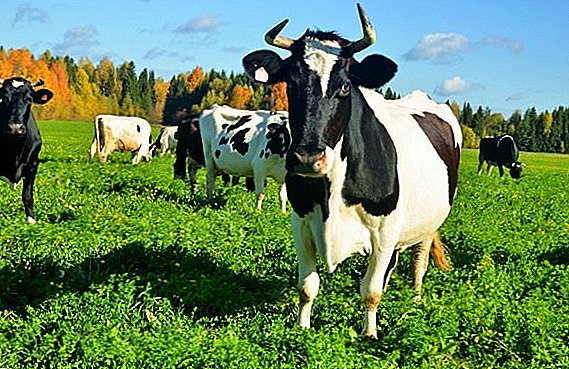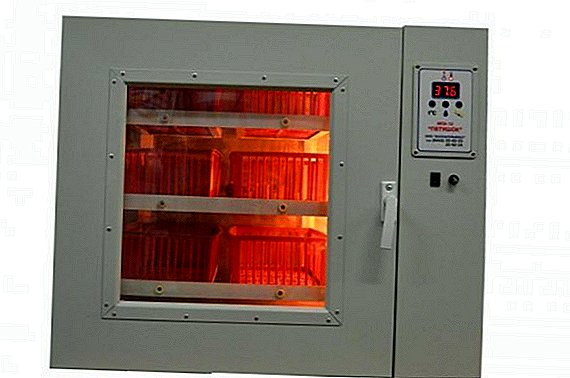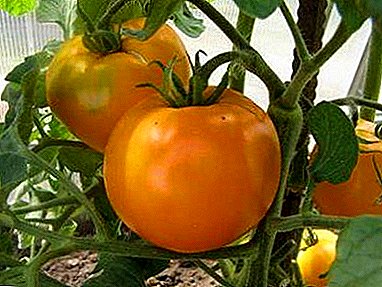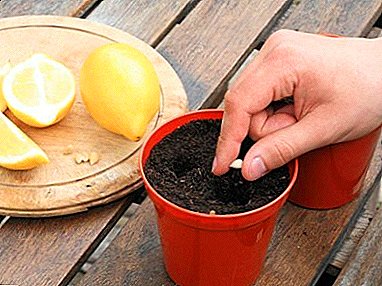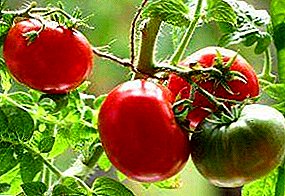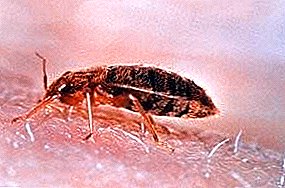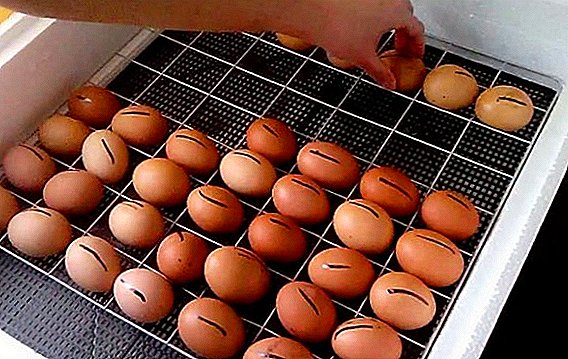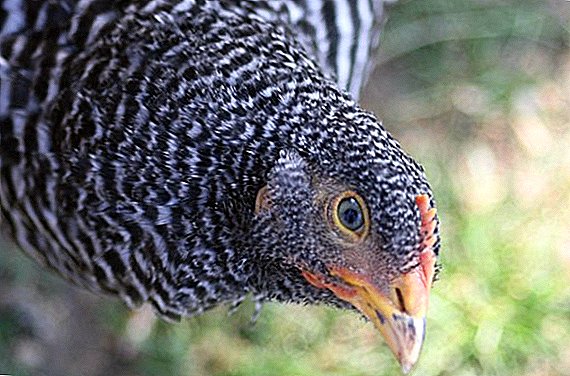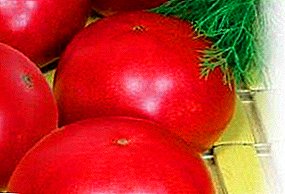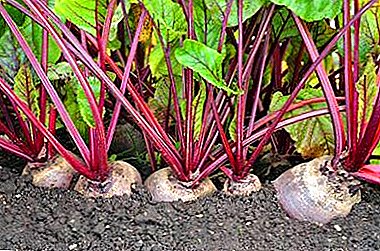
When planning planting beets in the garden, it is necessary to take into account the mutual influence of plants. Compatible cultures are beneficial to each other, help in the fight against pests, mutually enrich the soil.
Incompatible plants oppress each other, do not allow to develop fully and reduce yield. The impact is not only the neighbors in the area, but also the precursors of crops in the garden. The right choice of companions and predecessors of beet increases the yield of this useful vegetable, and contributes to the development and health of growing crops.
Why a compatibility question?
Beets are easy to care for and are grown everywhere in different habitats. At the same time, the root crop has its own peculiarities that need to be taken into account when choosing a planting place and neighboring crops:
- Light level. Sugar beet for good growth and development requires an adequate amount of sun during the day. Sunlight affects the size and color of the root.
- Soil acidity. Vegetable develops poorly in acidic soil, acid leads to blackening of the pulp. An excess of lime weakens the plant and causes scab diseases. The optimum acidity of the soil for beets is neutral, pH from 6.2 to 7.0.
- Humidity and watering. When planting, for the germination and rooting of beet seeds requires sufficient soil moisture. In the middle of growth need moderate watering. By the time of ripening, excess moisture can cause the vegetable to rot.
- Soil quality. Root crop develops poorly as in too dense, clayey soil, and in too light and sandy. Ideal for vegetable loamy soil with humus.
- Sufficient food area. For the correct development of the root crop, a minimum area of one unit is necessary - 9 * 9 cm.
Which cultures are better placed next?
What next on the same bed you can plant beets? When choosing neighbors for beets, consider the following points:
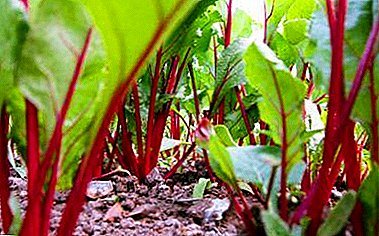 Root Compatibility. Compatibility is better if the roots are at different depths, and do not compete for water and food. For the root beet the best companions will be "top" plants.
Root Compatibility. Compatibility is better if the roots are at different depths, and do not compete for water and food. For the root beet the best companions will be "top" plants.- Habit. The ratio of height and width of ground parts, and the need for light. At different heights, tall neighbors should not block the sun from beets. Beets should not shade more stunted plants.
- Soil compatibility. The soil should be suitable companions for acidity, composition, fertility and structure. Beets are difficult to get along with plants that prefer acidic or alkaline soil.
- Nutritional needs. There are plants with high, medium and low intake of nutrients from the soil. Beetroot belongs to the middle class, can get along with different plants with sufficient soil fertility.
- Requirements for watering and feeding. At beet companions, close irrigation and fertilizing are preferable.
Effect on other vegetables
Beets can have on other plants:
- Healing effect. With the growth of a root crop, it releases substances with antibacterial properties into the soil, which have a beneficial effect on many other cultures.
- Stimulating effect. Beets promote the growth of some plants, well influencing:
- cucumbers;
- bush beans;
- spinach;
- tomatoes;
- cabbage of all kinds;
- salad;
- radish and radish.
- Protective action. Beetroot is used as a bed compactor, protecting the ground between the rows and along the sides of the beds from drying out and weeds. It is applied for:
- strawberries;
- potatoes;
- cucumbers.
- Neutral impact. Beets can interact with neighbors neutral, joint planting is acceptable for:
- tomatoes;
- garlic;
- spinach;
- celery.
Can a crop harm other plants?
Beets can harm:
- Potatoes, and other plants with increased requirements for the content of nutrients in the soil. If nutrition is not enough, potatoes and beets will compete and impoverish each other.
- Carrots, other root vegetables. If the planting is too close, the roots will not allow each other to grow and the harvest will be small.
- Cabbage of different types and radishes. These plants are susceptible to beet pests, the beet nematode.
- Pepper. Aphids from beets can go to the pepper, and it is very difficult to fight it with pepper.
Suitable neighbors
 Good beet neighbors:
Good beet neighbors:
- Beetroot boosts crop near:
- cabbage (broccoli, cauliflower, kohlrabi);
- daikon;
- asparagus
- Legumes (peas, beans, beans) enrich the soil with nitrogen, improving the nutrition of beets.
- Spinach extracts the substance saponin with its roots, nourishing the soil and stimulating root growth. Saponin in the soil from its roots are able to allocate also:
- basil;
- borage grass;
- tomato.
- Favorable neighborhood:
- Luke;
- spinach;
- of lettuce.
- Root crop tolerates joint planting with:
- cucumbers;
- strawberries (strawberries);
- celery root.
- Garlic saves beets from pests.
Unwanted beet neighbors:
- Rhubarb, weaving beans, mustard - inhibit beets.
- Corn too shades, does not allow to develop.
- Chives grows heavily, prevents the growth of beets, takes moisture and nutrients.
General principles
General principles for alternating landings:
- Do not plant after each other cultures of the same species.
- Alternate plants with different pests and diseases.
- In order not to deplete the soil, when changing to pick up plants with different requirements for nutrients.
- Observe the change of plants with different root systems, in a simplified form - alternate tops and roots.
Predecessor table
Based on these principles, the predecessors of beets can be:
| Good predecessors: | Allowed predecessors: | Undesirable predecessors: |
|
|
|
What to plant next year?
After the beet is undesirable to plant plants that may be affected by the beet nematode. It is good to replace root crops with "top" plants.
| Favorable plant after beets | Permissible to plant after beets | It is undesirable to plant after beets |
|
|
|
What is allowed to plant in the garden and why?
Between the vegetable
- Lettuce leaf, headed or asparagus. Lettuce grows faster, protecting young beet shoots. When the salad matures, the beets are rooted enough and strengthened.
- Bow on feather. First the onion develops, covering the young beet shoots. When the onion leaves, the beets take effect, and the overall yield rises.
- Leek, marjoram, radish, coriander, dill, parsley. Greens compacts the beet beds, protecting the ground from weeds and drying out.
At close range
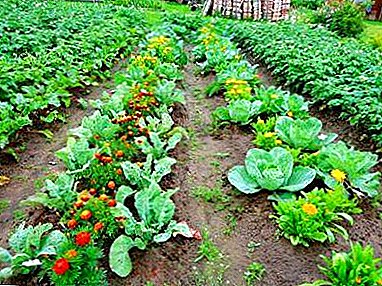 Cucumbers, tomatoes, legumes (peas, beans), asparagus, garlic. Beets are planted on the edge of the beds, on the sunny side, so that the high neighbors do not shade the lower beets.
Cucumbers, tomatoes, legumes (peas, beans), asparagus, garlic. Beets are planted on the edge of the beds, on the sunny side, so that the high neighbors do not shade the lower beets.- Strawberries, cabbage, different types (cabbage, color, broccoli, kohlrabi). In this neighborhood, the sunny side should be given to strawberries and cabbage, they are more dependent on the sun.
- Radish. Radish sprouts quickly and serves as a marker of rows of slowly sprouting beets.
- Carrot. Carrot compatibility is a controversial issue. It is believed that the roots affect the taste of each other and at close planting hinder the development of each other. With sufficient distances between plantings, beets and carrots coexist peacefully.
- It is advisable to choose the roots with different ripening. Beets should be planted on the sunny side, because the tops of carrots are higher and can drown beets.
- Oregano, mint, catnip, marigold. Scare away the pests of beets.
- Potatoes. It is well adjoined to beetroot provided that the soil is of good fertility
- Celery ordinary and root, radish, spinach, dill, parsley. Normally grow near the beets and will be suitable companions.
Beetroot grows well along the edge of the beds. So she gets enough sunlight, and protects the sides of neighbors from drying out and weeds.
- Manual and other types of seeders.
- Landing in the spring in open ground.
- When is it better to plant?
What time should pass after cleaning?
After harvesting beets from the garden, other vegetables can be planted in its place the following year, taking into account the following:
- Beet roots secrete microtoxins into the soil, which accumulate in the soil, and can poison sensitive plants or the beets themselves when re-planting in one place.
- The soil accumulates beet pests - beet nematode, which can affect other types of beets, radishes and cruciferous.
Can I keep in one place for several years?
With constant sowing of one crop in one place, the plant takes the same nutrients out of the ground, the soil is depleted and the yield drops dramatically.
Considering this, and the accumulation of microtoxins and pests in the earth, planting beets in one place again is not recommended. Beets can be returned to the same place in 3-4 years.
The mutual influence of beets and other plants can be beneficial, and can have a negative impact. When choosing companion beets should take into account their compatibility.
A reasonable combination of beet plantations with other plants allows you to use the site as efficiently as possible, prevents depletion of the soil, protects against diseases and pests, and increases yield.


 Root Compatibility. Compatibility is better if the roots are at different depths, and do not compete for water and food. For the root beet the best companions will be "top" plants.
Root Compatibility. Compatibility is better if the roots are at different depths, and do not compete for water and food. For the root beet the best companions will be "top" plants. Cucumbers, tomatoes, legumes (peas, beans), asparagus, garlic. Beets are planted on the edge of the beds, on the sunny side, so that the high neighbors do not shade the lower beets.
Cucumbers, tomatoes, legumes (peas, beans), asparagus, garlic. Beets are planted on the edge of the beds, on the sunny side, so that the high neighbors do not shade the lower beets.